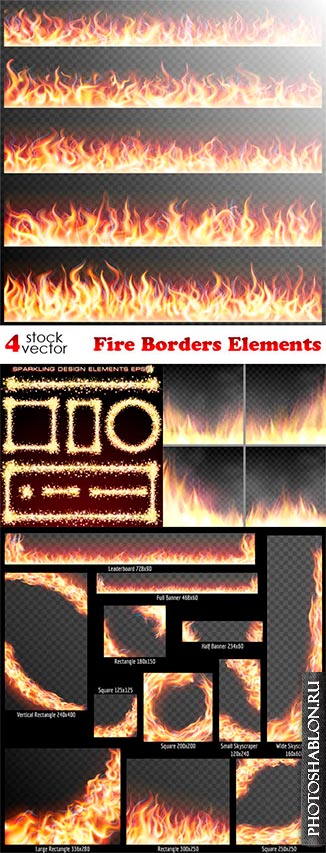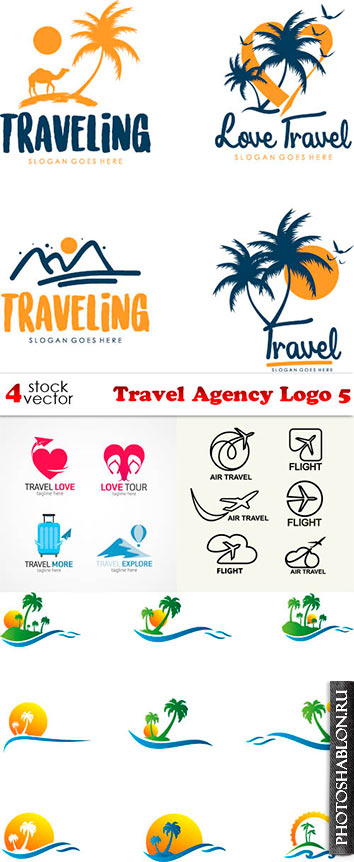
Vectors - Infographic with Modern Devices 10
6 AI | +TIFF Preview | 91 MB
|

Vectors - Ecology Infographics Set 30
5 AI | +TIFF Preview | 69.57 Mb
|

Vectors - Stylish Jewelry Logo 12
5 AI | +TIFF Preview | 65 MB
|

Vectors - Fire Borders Elements
4 AI | +TIFF Preview | 360 MB
|

Vectors - Floral Ornaments Set 15
5 AI | +TIFF Preview | 64 MB
|

Векторные логотипы - Туристическое агентство / Vectors - Travel Agency Logo 5
4 AI | +TIFF Preview | 72 MB
|

Vectors - Flat Women Set
5 AI | +TIFF Preview | 58.7 Mb
|

Vectors - Various Seafood Set 2
5 AI | +TIFF Preview | 77.23 Mb
|

Vectors - T-shirt Design Set 23
6 AI | +TIFF Preview | 99.89 Mb
|

Vectors - Sale Different Cards Set
4 AI | +TIFF Preview | 57.23 Mb
|
|
Векторная графика, в отличие от растровой, строится не на основе сетки пикселей, а на математическом описании геометрических объектов - линий, кривых, многоугольников. Это позволяет векторным изображениям масштабироваться до бесконечности без потери качества, оставаясь четкими и гладкими даже при многократном увеличении. Каждый элемент в векторном изображении - это независимый объект, который можно редактировать отдельно, изменяя его цвет, форму, размер, положение, и т.д. Это делает векторную графику идеальным выбором для создания логотипов, иллюстраций, шрифтов, и других изображений, где важна четкость и масштабируемость.
Одним из ключевых преимуществ векторной графики является её компактность. Поскольку векторные изображения описываются математическими формулами, а не информацией о каждом пикселе, файлы обычно значительно меньше по размеру, чем их растровые аналоги. Это особенно важно для веб-графики и анимации, где размер файла напрямую влияет на скорость загрузки страницы и производительность. Кроме того, векторные файлы легче редактировать и обновлять, поскольку изменение одного объекта не требует повторной обработки всего изображения, как в случае с растровой графикой.












